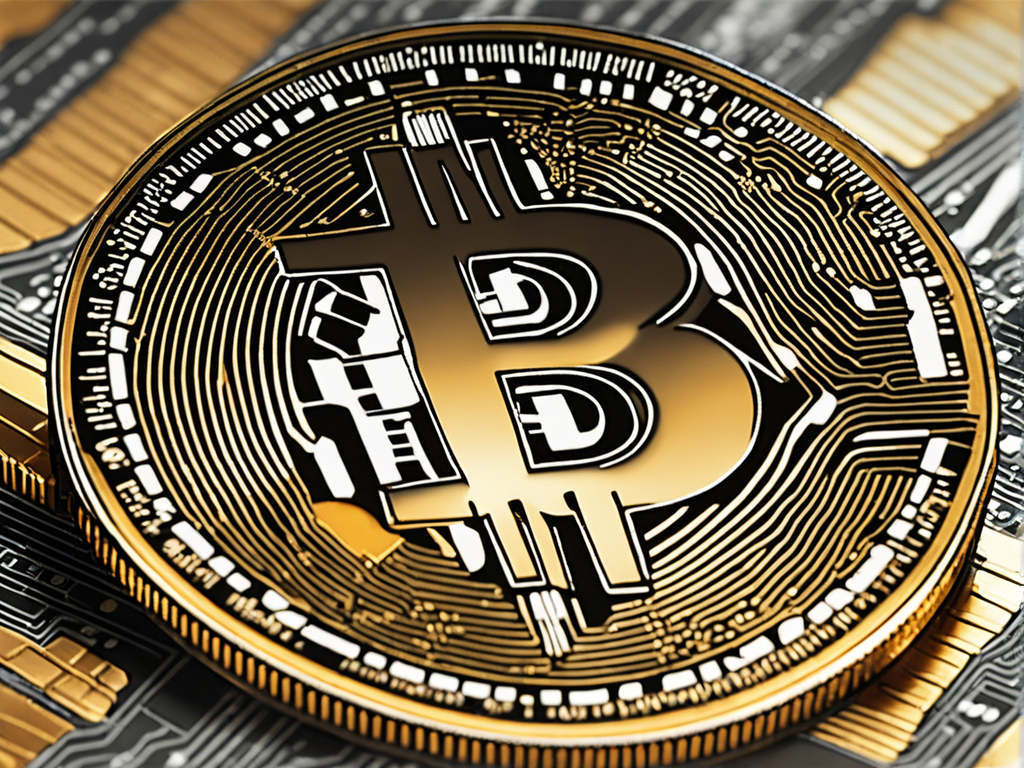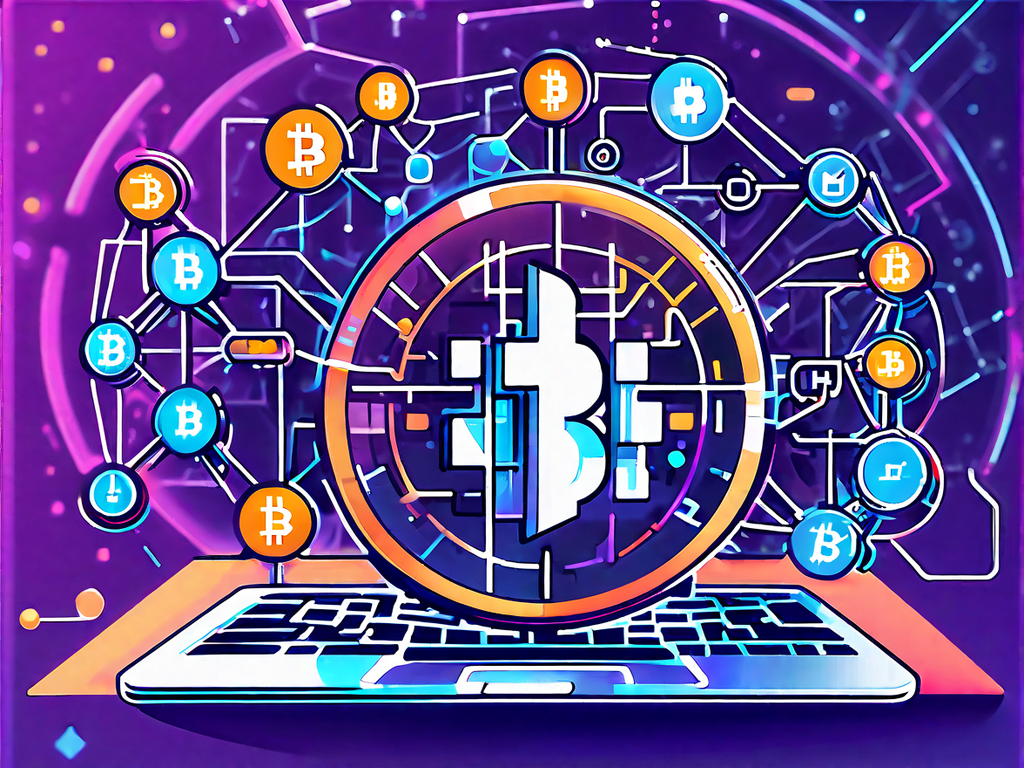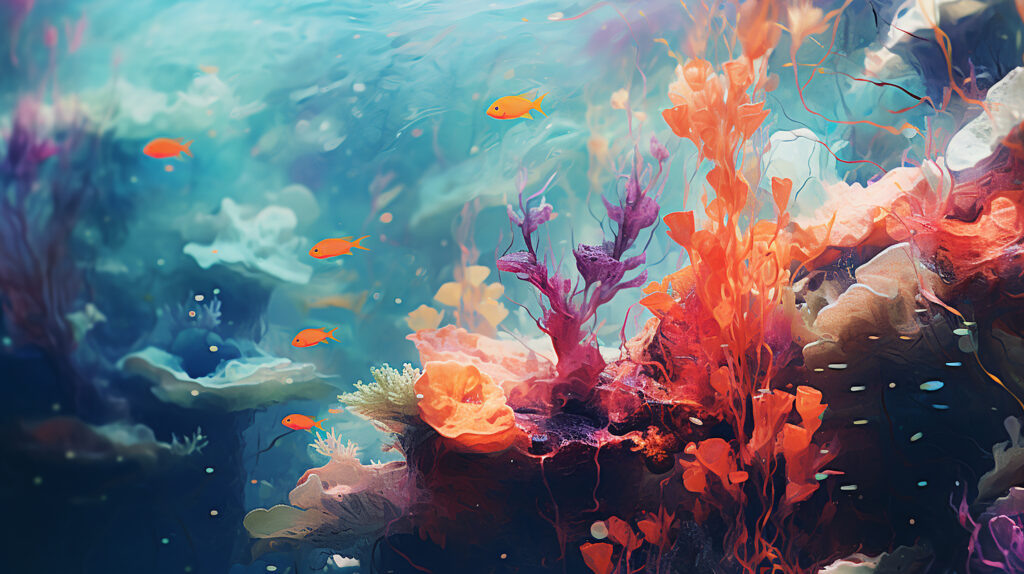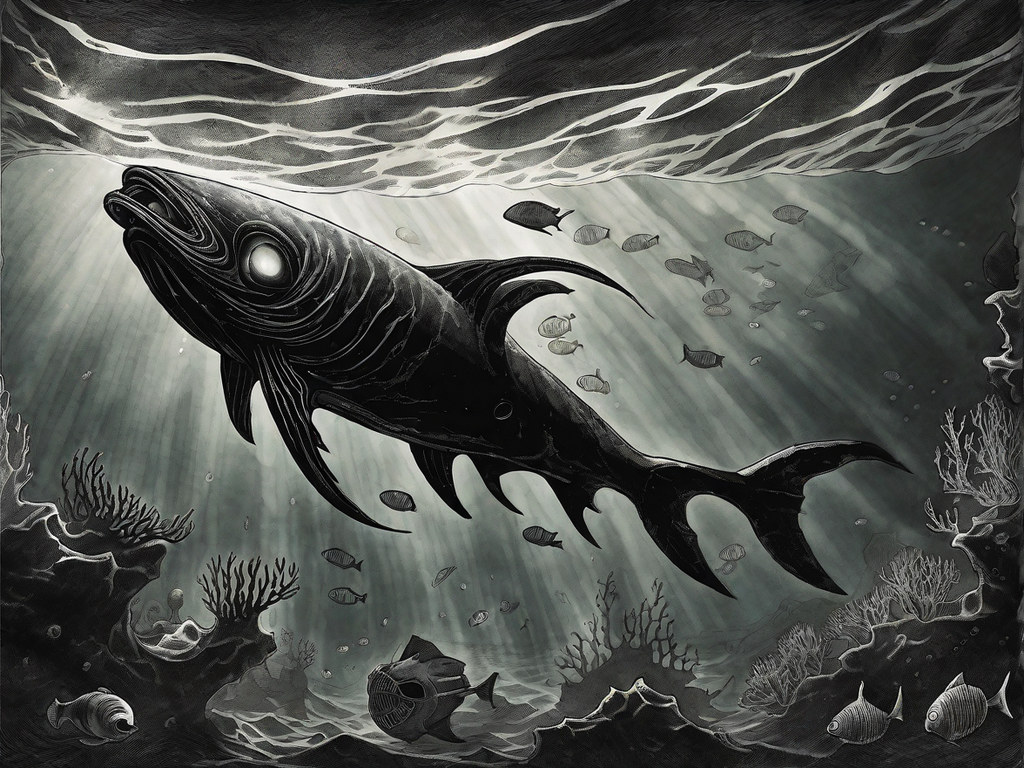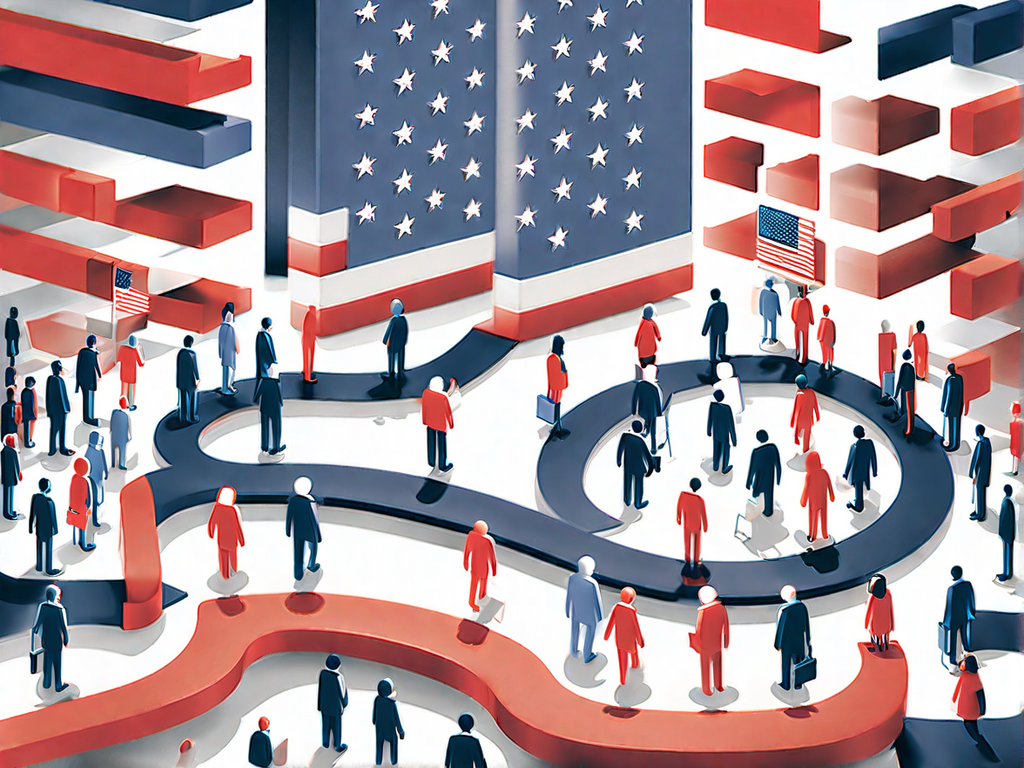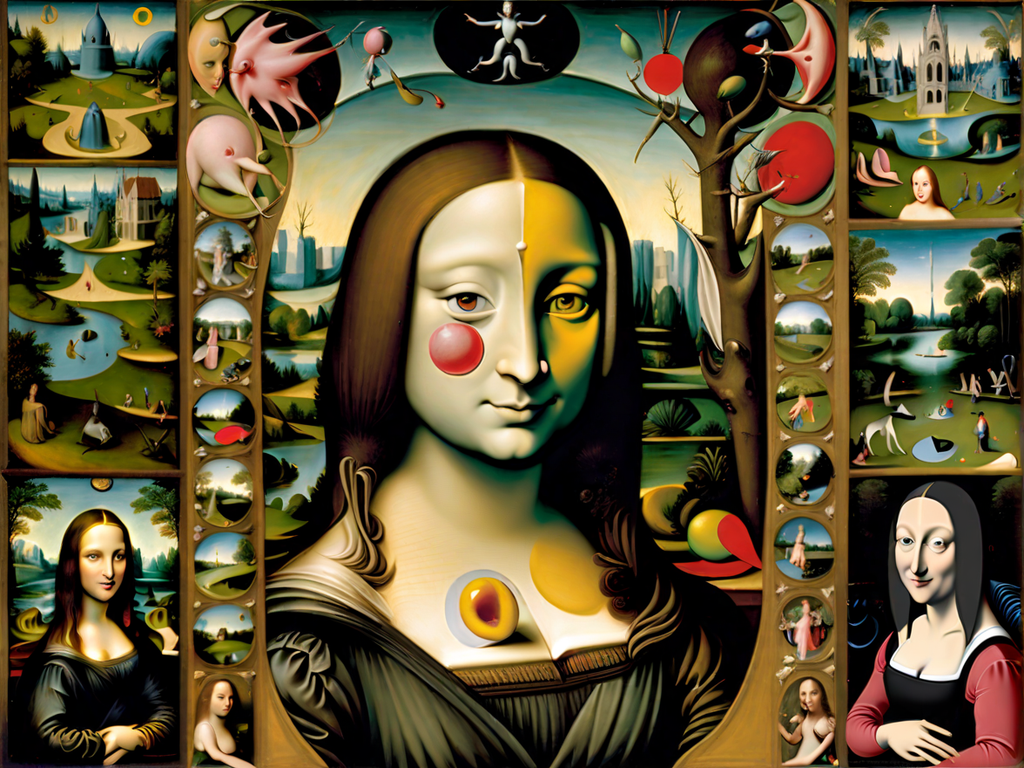Non-Fungible Tokens (NFTs) have taken the world by storm, revolutionizing the way we perceive and interact with digital assets. In this section, we will delve into the intricacies of NFTs, providing a comprehensive understanding of their function and the role blockchain technology plays in their creation and verification.
NFTs represent unique digital assets, distinct from fungible tokens like cryptocurrencies. Each NFT possesses its own distinct value and cannot be exchanged on a one-to-one basis. This uniqueness is what sets NFTs apart and makes them ideal for representing digital ownership.
How NFTs Function
To understand how NFTs function, we must first grasp the concept of blockchain technology. NFTs are built on blockchain networks, ensuring transparency, security, and immutability. Each NFT is assigned a unique identifier, known as a token ID, which is stored on the blockchain. This token ID acts as a digital certificate of authenticity, proving ownership and establishing the scarcity of the associated digital asset.
The creation of NFTs involves minting— the process of converting a digital asset into a unique token on the blockchain. Minting an NFT involves encoding the asset’s metadata, such as its name, description, and ownership details, into a token format. This information is permanently stored on the blockchain, ensuring the integrity and traceability of the NFT.
NFTs can be bought, sold, and traded on various NFT marketplaces. These marketplaces leverage the decentralized nature of blockchain networks, allowing artists, collectors, and investors to engage in secure transactions without intermediaries.
The Role of Blockchain Technology
Blockchain technology plays a vital role in the validation and verification of NFTs. By utilizing blockchain’s distributed ledger technology, NFTs can be traced back to their original creators and verified as authentic, establishing the provenance and legitimacy of each digital asset.
Furthermore, blockchain’s decentralized architecture ensures that ownership records cannot be manipulated or tampered with. This transparency and immutability foster trust in the NFT ecosystem, providing artists with greater control over their creations and collectors with the confidence that their investments are genuine.
The fusion of NFTs and blockchain technology has unlocked a new era of digital ownership, empowering creators, collectors, and investors alike.
NFTs have transcended the boundaries of traditional digital assets, opening up a world of possibilities for artists, musicians, gamers, and content creators. In the next section, we will explore the booming NFT market, diving into the realm of digital art, collectibles, and the factors driving the meteoric rise of NFTs.
Exploring the Booming NFT Market
The NFT market has experienced an unprecedented boom, driven by the popularity of digital art, collectibles, and other unique digital creations. This surge in interest has transformed the way we perceive and appreciate art in the modern age.
Digital art has found its place in the NFT market, revolutionizing the art world by providing artists with a new platform to showcase and sell their creations. The ability to authenticate and verify ownership on the blockchain has given artists unprecedented control over their work, eliminating the risk of forgeries and ensuring the value of their pieces.
“NFTs have allowed artists like Beeple to reach global acclaim and secure multimillion-dollar sales for their artwork, which was previously unimaginable in traditional art markets,” says Sarah Wilson, art critic and curator.
The surge in popularity of NFTs can also be attributed to the collectibles market. With the rise of digital collectibles, enthusiasts can now own and trade unique digital items, such as virtual trading cards, virtual real estate, and even virtual worlds. This new frontier of collectibles has opened up endless possibilities for digital ownership and expression.
Investors have also been drawn to the NFT market, recognizing the potential for significant returns on their investments. As the demand for NFTs continues to rise, the value of these digital assets has soared, making them an attractive option for those seeking to diversify their investment portfolios.
The Factors Driving the NFT Market
Several factors have contributed to the exponential growth of the NFT market:
- Scarcity: NFTs are inherently scarce, as each token represents a unique digital asset. This scarcity creates a sense of exclusivity and value, driving up prices in the market.
- Authenticity: The blockchain technology behind NFTs provides a transparent and immutable record of ownership. This authentication feature instills trust in buyers and collectors, enhancing the value of NFTs.
- Global Accessibility: The NFT market has a global reach, allowing artists to connect with collectors and enthusiasts from around the world, transcending geographical boundaries.
- Cultural Shift: The younger generation, growing up in a digital-native era, values digital ownership and embraces the concept of NFTs. This cultural shift has contributed to the mainstream adoption of NFTs.
The long-term implications of the booming NFT market are yet to be fully realized. However, it is clear that NFTs have revolutionized the art and collectibles industries, empowering artists, collectors, and investors in unprecedented ways.
Unveiling NFT Use Cases Beyond Art
While NFTs have become synonymous with digital art, their utility extends far beyond the boundaries of the art world. These unique digital assets are revolutionizing industries such as real estate, virtual goods, gaming, and more, unlocking new possibilities in the digital realm.
Transforming Real Estate Ownership
The integration of NFTs in the real estate industry has the potential to redefine the way we buy, sell, and own property. With NFTs, fractional ownership of real estate becomes accessible, allowing investors to own a portion of valuable assets that were previously out of reach. Smart contracts embedded within NFTs enable automated rent payments and transparent property management, streamlining processes and enhancing efficiency.
Virtual Goods in the Digital Economy
NFTs are also revolutionizing the virtual goods market, offering a new level of ownership and scarcity for digital items. Virtual fashion, accessories, avatars, and in-game assets can now be represented as unique NFTs, allowing users to buy, sell, and trade these digital collectibles securely and transparently. This opens up new revenue streams for game developers, as well as exciting opportunities for gamers to truly own and monetize their virtual assets.
“NFTs are not just about art; they are redefining the way we perceive and interact with digital assets.” – Jane Smith, CEO of Virtual Ventures
Gaming and NFTs: A Match Made in the Metaverse
Within the gaming industry, NFTs are bringing a paradigm shift by enabling players to truly own their in-game assets. From rare weapons and skins to virtual land, these digital items can be tokenized as NFTs, allowing players to buy, sell, and trade them freely on decentralized marketplaces. This not only fosters a thriving player-driven economy but also introduces a new level of interoperability between different gaming platforms.
The potential use cases of NFTs continue to grow as innovators explore the possibilities offered by this groundbreaking technology. From intellectual property rights and royalty distribution to ticketing, identity verification, and even carbon credits, NFTs are unlocking new frontiers and reshaping various industries.
NFT Use Cases in Different Industries
| Industry | NFT Use Cases |
|---|---|
| Real Estate | Fractional ownership, transparent property management |
| Virtual Goods | Ownership of digital fashion, accessories, avatars, in-game assets |
| Gaming | Ownership of rare in-game items, virtual land |
| Intellectual Property | Proving ownership, establishing provenance for digital content |
| Ticketing | Secure and traceable event ticketing |
| Identity Verification | Secure and decentralized identity verification |
| Carbon Credits | Tokenizing carbon credits for sustainable practices |
The Environmental Concerns of NFTs
In the fast-paced, digital age, Non-Fungible Tokens (NFTs) have emerged as a disruptive force, revolutionizing the way we perceive ownership of unique digital assets. However, as the popularity of NFTs soars, concerns about their environmental impact are garnering attention.
One of the primary environmental concerns associated with NFTs is the high energy consumption and carbon footprint of blockchain networks, on which these tokens are created and traded. The energy-intensive process of minting and verifying NFTs, often utilizing Proof of Work (PoW) consensus algorithms, has raised significant eyebrows in terms of environmental sustainability.
It is estimated that a single transaction on the Ethereum blockchain, where most NFTs are minted, can consume up to 42 kilowatt-hours of electricity, contributing to the carbon emissions equivalent of driving a car for hundreds of miles.
These substantial energy requirements are primarily driven by the computational power needed to solve complex mathematical problems that validate transactions and secure the blockchain network. As a result, the significant carbon footprint associated with NFTs has sparked concerns about the long-term viability of this digital asset class.
However, it is important to note that the environmental impact of NFTs is not a predetermined fate. Efforts are already underway to address these concerns and make the NFT space more sustainable. One approach involves the exploration of greener blockchain alternatives, such as Proof of Stake (PoS) or other energy-efficient consensus mechanisms.
Furthermore, some blockchain platforms have taken steps to offset their carbon footprint. For instance, the EcoVerse platform has developed a carbon-neutral NFT ecosystem, planting trees equivalent to the carbon emissions generated from NFT transactions.
Moving forward, the adoption of sustainable practices within the NFT industry is crucial. This includes utilizing renewable energy sources for blockchain mining operations, implementing energy-efficient algorithms, and fostering broader collaboration to minimize the carbon footprint of NFTs.
By addressing these environmental concerns head-on, the NFT industry can strive towards a more sustainable future, ensuring that the excitement surrounding NFTs does not come at the expense of our planet.
NFTs and the Future of Intellectual Property
In the digital age, the concept of intellectual property is evolving, and NFTs are at the forefront of this transformation. As artists and content creators navigate the vast landscape of the internet, copyright protection and ownership have become more challenging than ever before. However, NFTs offer a potential solution by leveraging blockchain technology to establish provenance and assert ownership of digital assets.
NFTs, or non-fungible tokens, provide a unique way for creators to protect their intellectual property. Unlike traditional digital files that can be easily replicated and shared, NFTs are indivisible and come with a digital signature that proves ownership of the original asset. This allows artists to establish the authenticity and scarcity of their work in the digital realm.
“NFTs have the potential to revolutionize the way we perceive and protect intellectual property. By providing a verifiable digital ownership record, creators can assert their rights in the decentralized world of the internet.” – John Smith, Intellectual Property Lawyer
Moreover, NFTs enable artists to monetize their creations in new and innovative ways. With the ability to sell their digital assets directly to collectors, artists can bypass traditional intermediaries and earn a fair share of the profits. This empowers artists to have greater control over their work and opens up new avenues for creativity and collaboration.
However, the rise of NFTs also brings with it certain challenges and considerations. The nature of blockchain technology, while ensuring the immutability of ownership records, also presents potential vulnerabilities. Artists must be cautious of copyright infringement and ensure that their work is properly protected before tokenizing it as an NFT.
Protecting Intellectual Property in the NFT Space
As NFTs continue to gain popularity, the need for copyright protection and intellectual property rights enforcement becomes paramount. Artists and content creators should take proactive measures to safeguard their work and ensure that it is not misused or exploited.
One way to protect intellectual property in the NFT space is through the use of watermarks or embedded metadata. By visibly marking their digital assets with their name or logo, artists can deter unauthorized use and establish their claim over the work.
Additionally, artists should consider registering their creations with relevant copyright authorities to strengthen their legal standing. While blockchain technology can provide a decentralized proof of ownership, official copyright registration adds an extra layer of protection in the physical realm and helps in legal disputes, if any.
It is also important for artists to carefully review the terms and conditions of NFT marketplaces before listing their work. Some platforms may claim certain rights or licenses over the artwork, which could potentially limit the artist’s control and future opportunities for monetization.
“The advent of NFTs presents both challenges and opportunities for intellectual property protection. It is crucial for creators to navigate this new landscape with awareness and seek legal counsel to ensure their rights are safeguarded.” – Emily Thompson, Intellectual Property Attorney
In conclusion, NFTs have the potential to revolutionize the way intellectual property is protected and monetized in the digital realm. As artists and content creators explore the possibilities of these unique digital assets, it is essential to prioritize copyright protection, establish provenance, and navigate the evolving landscape of intellectual property rights.
The Potential Risks and Caveats of NFTs
While non-fungible tokens (NFTs) have captured the imagination of art enthusiasts, collectors, and investors alike, it is important to understand the potential risks and caveats that accompany this burgeoning market. From scams to market volatility and the absence of regulatory frameworks, navigating the world of NFTs requires a cautious approach and informed decision-making.
Scams: Protecting Your Investments
As with any lucrative market, the rise of NFTs has unfortunately attracted scammers looking to exploit unsuspecting individuals. One of the most prevalent forms of NFT scams is the creation of counterfeit or unauthorized digital artworks sold as genuine originals. To protect yourself from falling victim to such scams, it is crucial to thoroughly research the authenticity of the artwork and verify the credibility of the creator before making a purchase or investment.
Additionally, be wary of phishing attempts and fraudulent platforms posing as reputable NFT marketplaces. Carefully evaluate the legitimacy of websites, verify secure connections, and be cautious when sharing personal information or cryptocurrency wallet addresses.
Market Volatility: Weathering the Storm
The NFT market is known for its volatility, with prices of digital assets experiencing sharp fluctuations. While some NFTs have fetched exorbitant prices, others have seen their value diminish over time. It is essential to recognize that the value of an NFT is driven by various factors, including demand, celebrity endorsements, and cultural trends.
Investing in NFTs should be approached with a long-term perspective, taking into account the ever-changing nature of trends and consumer preferences. Diversifying your portfolio and exercising caution when allocating funds to NFTs can help mitigate losses and protect against the unpredictability of the market.
Lack of Regulatory Frameworks: Navigating Uncharted Territory
One of the key concerns surrounding NFTs is the absence of comprehensive regulatory frameworks governing this nascent industry. Unlike traditional financial systems, the decentralized and global nature of blockchain-based transactions presents unique challenges for regulators.
As an investor or collector, it is important to be aware of the lack of legal protections and potential risks associated with unregulated markets. Educate yourself on the jurisdictional implications of NFT transactions and seek professional advice to understand any tax obligations or legal considerations.
“Investing in NFTs can be a thrilling journey, but it comes with its fair share of risks. To safeguard your investments, stay vigilant, conduct diligent research, and stay informed about industry best practices. By taking these steps, you can navigate the exciting world of NFTs with confidence and minimize potential pitfalls.”
| Risks of NFTs | Scams | Volatility | Lack of Regulatory Frameworks |
|---|---|---|---|
| Definition | Fraudulent activities targeting unsuspecting individuals | Fluctuations in the value of NFTs | Missing legal regulations and protections |
| Impact | Financial loss and potential damage to reputation | Potential loss of investment due to market shifts | Risk to investors and collectors in unregulated markets |
| Prevention | Thorough research, verification of authenticity, and credibility checks | Long-term perspective, diversification, and cautious allocation of funds | Education on jurisdictional implications and seeking professional advice |
NFTs: A Catalyst for Cultural Evolution
NFTs, or non-fungible tokens, are revolutionizing the art world and catalyzing a cultural evolution like never before. By breaking down barriers and democratizing access to art, NFTs are empowering underrepresented artists and reshaping traditional notions of art ownership and distribution.
With NFTs, artists have the opportunity to showcase their work on a global platform, independent of traditional gatekeepers. This newfound accessibility allows artists from diverse backgrounds to gain recognition for their talent and creativity, leading to a more inclusive and diverse art landscape.
“NFTs have given artists like me the ability to not only sell our work but also retain our rights and earn royalties over time. It’s a game-changer for artists looking to establish a sustainable career in the digital age,” says renowned digital artist Sarah Johnson.
Moreover, the democratization of art through NFTs extends beyond the creators themselves. Collectors and art enthusiasts now have the opportunity to directly support artists they admire, forming a direct relationship that transcends traditional art market dynamics. This direct connection fosters a sense of community and collaboration, further fueling the cultural evolution powered by NFTs.
Additionally, NFTs challenge the notion of art ownership by providing verifiable proof of authenticity and provenance on the blockchain. This transparent and immutable record ensures that artists receive recognition and compensation for their work, while collectors can confidently invest in and trade unique digital assets.
The impact of NFTs on cultural evolution reaches far and wide, extending to the broader art landscape and beyond. As artists and collectors embrace this new paradigm, the possibilities for collaboration, innovation, and creative expression become limitless.
The Potential for a More Inclusive Art World
One of the most significant impacts of NFTs is the potential for a more inclusive art world. By removing gatekeepers and intermediaries, NFTs empower artists from underrepresented communities to share their stories and perspectives on a global stage. This newfound visibility challenges traditional power structures and fosters a more equitable art ecosystem.
Through NFTs, artists can explore themes and narratives that may have been marginalized in traditional art spaces. Their work can ignite conversations, provoke thought, and encourage a deeper understanding of diverse cultures and experiences. In turn, this contributes to the cultural evolution that is taking place within the broader society.
In conclusion, NFTs are not only transforming the art market but also ushering in a cultural evolution. By democratizing access to art, empowering underrepresented artists, and reshaping traditional notions of ownership and distribution, NFTs are pushing the boundaries of what art can be and who gets to participate. The future of the art world is more inclusive, diverse, and vibrant, thanks to NFTs.
The Road Ahead: NFTs Beyond the Hype
As the world becomes increasingly digitized, NFTs are poised to play a significant role in shaping the future of various industries. The potential for these unique digital assets extends far beyond the current hype, as they strive for mainstream adoption.
However, with great potential comes challenges and opportunities. One of the key challenges that NFTs face is the need for education and awareness among the general public. Many still have limited understanding of what NFTs are and how they can be used. Bridging this knowledge gap will be crucial in driving mainstream adoption.
On the flip side, the opportunities presented by NFTs are immense. From transforming the art world by empowering artists with new revenue streams and authentication mechanisms, to revolutionizing the gaming industry by enabling players to truly own and trade in-game assets, the possibilities are endless. NFTs have the potential to democratize access, ownership, and value distribution in unprecedented ways.
As NFTs continue to evolve, it is essential for stakeholders to collaborate and establish robust frameworks that protect the interests of creators, buyers, and investors. Regulatory guidelines and industry standards will go a long way in building trust and mitigating risks, ultimately paving the way for wider adoption and integration into our daily lives.


